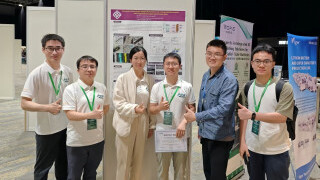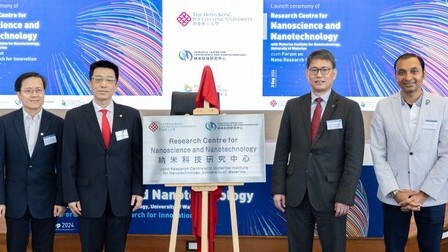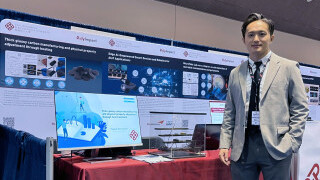A Novel Deep-learning Generative Model for Surface Quality Analysis and Optimisation in Additive Manufacturing Processes
Other Articles

An integration of heterogeneous hypergraph and embedding learning in a generative model for surface defect analysis in additive manufacturing processes.
Study conducted by Prof. Benny Chi Fai CHEUNGand his research team
The rapid development of additive manufacturing (AM) technology, often referred to as 3D printing, has brought significant production advantages to various industries, particularly in the customisation and manufacturing of complex shapes. However, the surface quality of products produced through AM is often affected by multiple factors, including process parameters, material properties, equipment precision, and environmental conditions. The relationships among these factors are intricate and complex, making it challenging for traditional analysis methods to effectively model and control them. As a result, frequent surface defects occur, severely limiting the widespread application of AM technology.
Current surface quality analysis methods primarily rely on explicit relationship exploration based on experimental results. These methods include analysing porosity through X-ray computed tomography, predicting porosity using physical and mathematical models, and employing deep learning models to identify welding defects. However, many implicit and unrecognised relationships in the AM process are often overlooked, which limits a deeper understanding and precise control of surface quality. To address these challenges, a research team led by Prof. Benny Chi Fai CHEUNG, Chair Professor of Ultra-precision Machining and Metrology of the Department of Industrial and Systems Engineering at The Hong Kong Polytechnic University, has modelled the complex relationships in the AM process as a heterogeneous hypergraph Note1. They utilised a self-developed embedded learning method to extract key information, thereby achieving more accurate surface quality analysis and process optimisation.
In their study published in the Journal of Manufacturing Systems, the research team proposed a novel heterogeneous hypergraph learning framework that utilises a generative model (a type of deep learning model), to analyse surface defects generated during the additive manufacturing process and optimise manufacturing workflows. The proposed framework comprises four modules: dataset collection, experiment-based hypergraph generation, embedded learning, and graph reconstruction and link prediction.
The research team first conducted a series of AM experiments, developing a dataset comprising 114 workpieces in various process parameters, surface roughness, material used, and defect characteristics (number, size, and type of defects) Note2 (Figure 1a). Subsequently, they developed an algorithm from a previous study [2] to generate a hypergraph, with hyperedges encompassing elements (represented by nodes) both within and beyond each experiment (Figure 1b). This approach aimed to capture the heterogenous associations within the data. Utilising a graph generative model, the research team proposed an embedded learning method (with a self-developed encoder-decoder network named "exp2vec") to truncate high-dimensional experimental data and hyperedge adjacency matrices into a low-dimensional vector for analysis (Figure 1c). By feeding the embeddings into a generative model named "variational graph auto-encoder with correction (VGAE-Corr)", the graph was reconstructed for link prediction (Figure 1d).
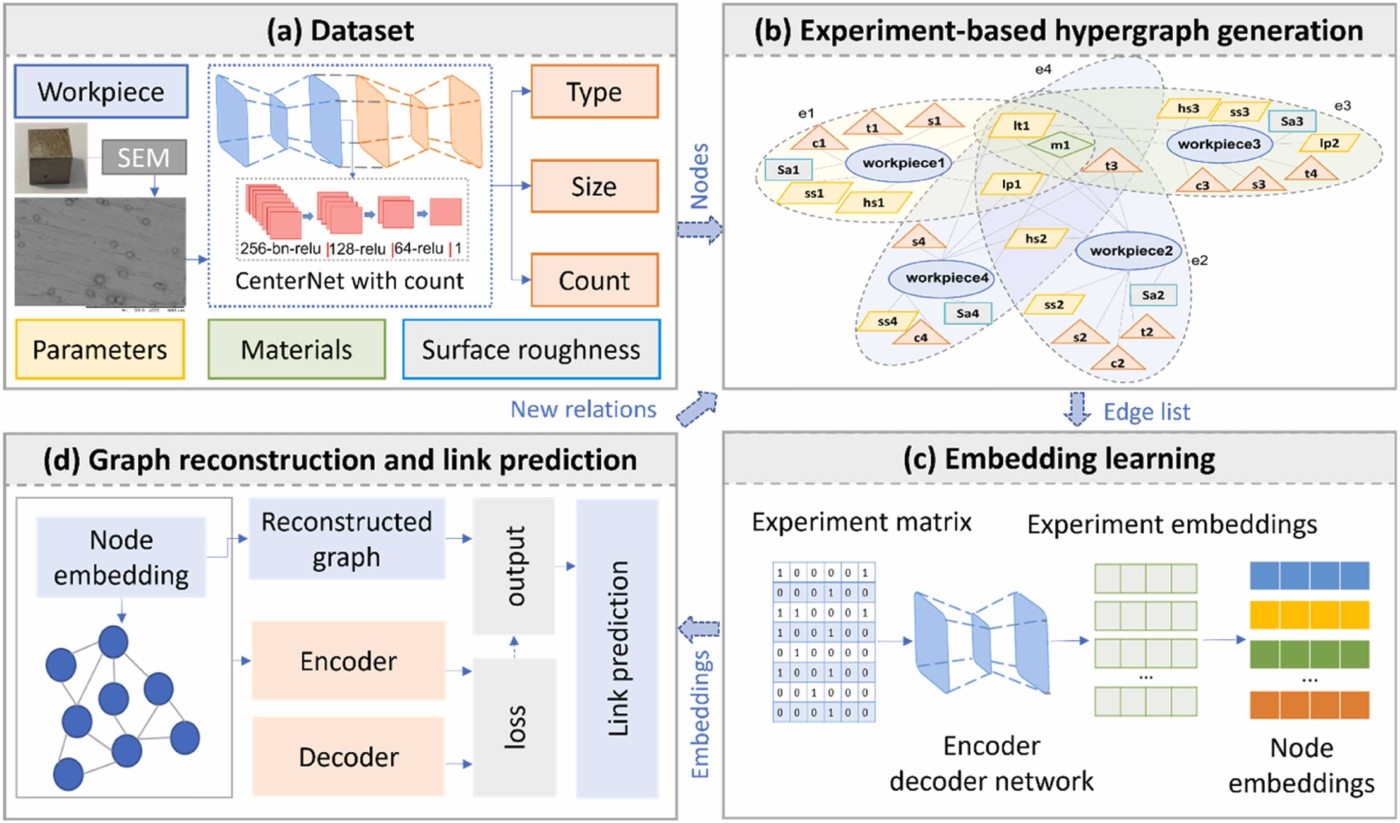
Figure 1. Hypergraph learning framework of a heterogeneous hypergraph for additive manufacturing.
The link prediction performance of this study is found to be superior when compared to a benchmark network embedding method from a prior study [2]. Based on the above-mentioned self-built AM dataset, the proposed method accurately predicts surface defects in the AM process, reaching 0.872 in area under the receiver operating characteristic curve (AUC) Note3 and an average precision (AP) of 0.849 Note4. In contrast, the benchmark network embedding method achieved an AUC of 0.849 and an AP of 0.845. Additionally, the research team employed the publicly available Douban dataset to compare their novel link prediction method with outcomes from other state-of-the-art models reported in the literature (Table 1). By using the Douban dataset, the proposed method by the research team outperformed the benchmark models, demonstrating its generalisation power in predicting and analysing complex relationships of different scenarios.
Table 1. Link prediction performance comparison with state-of-the-art models using Douban dataset.
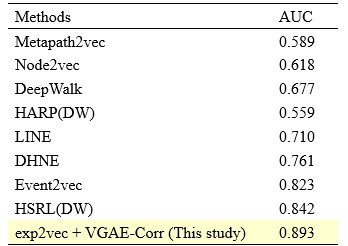
AUC – area under the receiver operating characteristic curve, ranging from 0 to 1 (perfect discrimination between the positive and negative classes)
This study presents an innovative and effective heterogeneous hypergraph learning framework for analysing surface defects in the AM process and optimising manufacturing workflows. By utilising the self-developed exp2vec and VGAE-Corr models, the framework effectively captures high-order relationships within the data, thereby improving the accuracy of link prediction and providing new insights and tools for surface quality analysis and process optimisation. The experimental results validate the effectiveness and generalisation capability of the proposed method, providing important references for the development of AM technology.
The research is supported by the Research Grants Council (Grant R5047–22) and the Innovation and Technology Commission (Grant MHP/151/22) of the Government of the Hong Kong Special Administrative Region, China. The data sources and code can be obtained from the corresponding authors upon request.
Prof. Cheung was ranked among the top 2% most-cited scientists worldwide (for career-long) by Stanford University in the field of industrial engineering and automation for five consecutive years from 2020 to 2024. He has gained international recognition for his outstanding research achievements in both theoretical and applied advancements in machining dynamics and nanometer-level surface finish generation. Prof. Cheung is currently the Director of the State Key Laboratory of Ultra-precision Machining Technology, the Director of The Hong Kong Polytechnic University-Wenzhou Innovation and Research Institute, as well as the Associate Director of the Research Centre for SHARP Vision. He is the first Chinese scholar who was elected as the Fellow of the American Society for Precision Engineering (ASPE). Additionally, he was honoured as a Fellow of the International Academy for Production Engineering (CIRP Fellow) in the same year. Previously, in 2023, Prof. Cheung received the Bank of China (Hong Kong) Limited Science and Technology Innovation Prize for his exceptional accomplishments in the field of "Advanced Manufacturing".
Notes |
|---|
Heterogeneous hypergraph refers to a generalised graph structure that captures intricate relationships and interactions among various factors influencing surface quality, including material properties, process parameters, and defect types. In heterogeneous hypergraph learning, link prediction is applied to analyse and predict relationships between different types of entities. This helps identify underlying patterns and causes of surface defects, enabling more accurate predictions and facilitating targeted interventions to improve the surface quality of manufactured parts.
The workpieces were manufactured using the AM equipment HANS M100, with dimensions of 10 x 10 x 10mm. A total of 18 workpieces were fabricated with varying process parameters, including laser power, scanning speed, hatch spacing, and layer thickness, all using the same material: austenitic stainless-steel powder 316L, which typically comprises iron (Fe), chromium (Cr), nickel (Ni), molybdenum (Mo), and small amounts of other elements. The remaining workpieces were fabricated under identical processing parameters, using 316L and cobalt-chromium (CoCr).
AUC is used to evaluate the accuracy of binary classification models. An AUC value of 1 indicates perfect discrimination, while a value of 0.5 suggests that the model performs no better than random guessing.
AP is used to assess the performance of a model in ranking tasks, particularly in information retrieval and binary classification. It calculates the average of the precision values at each threshold where a positive instance is correctly identified. Higher AP values indicate better model performance.
| References |
|---|
[1] Wang, R., Cheung, C. F., & Wang, C. (2024). Heterogeneous hypergraph learning for analyzing surface defects in additive manufacturing process. Journal of Manufacturing Systems, 76, 1–10. https://doi.org/10.1016/j.jmsy.2024.06.01
[2] Chu, Y., Feng, C., Guo, C., Wang Y., & Hwang, J.N. (2018). Event2vec: Heterogeneous Hypergraph Embedding for Event Data. 2018 IEEE International Conference on Data Mining Workshops (ICDMW), Singapore, 1022-1029. https://doi:10.1109/ICDMW.2018.00147
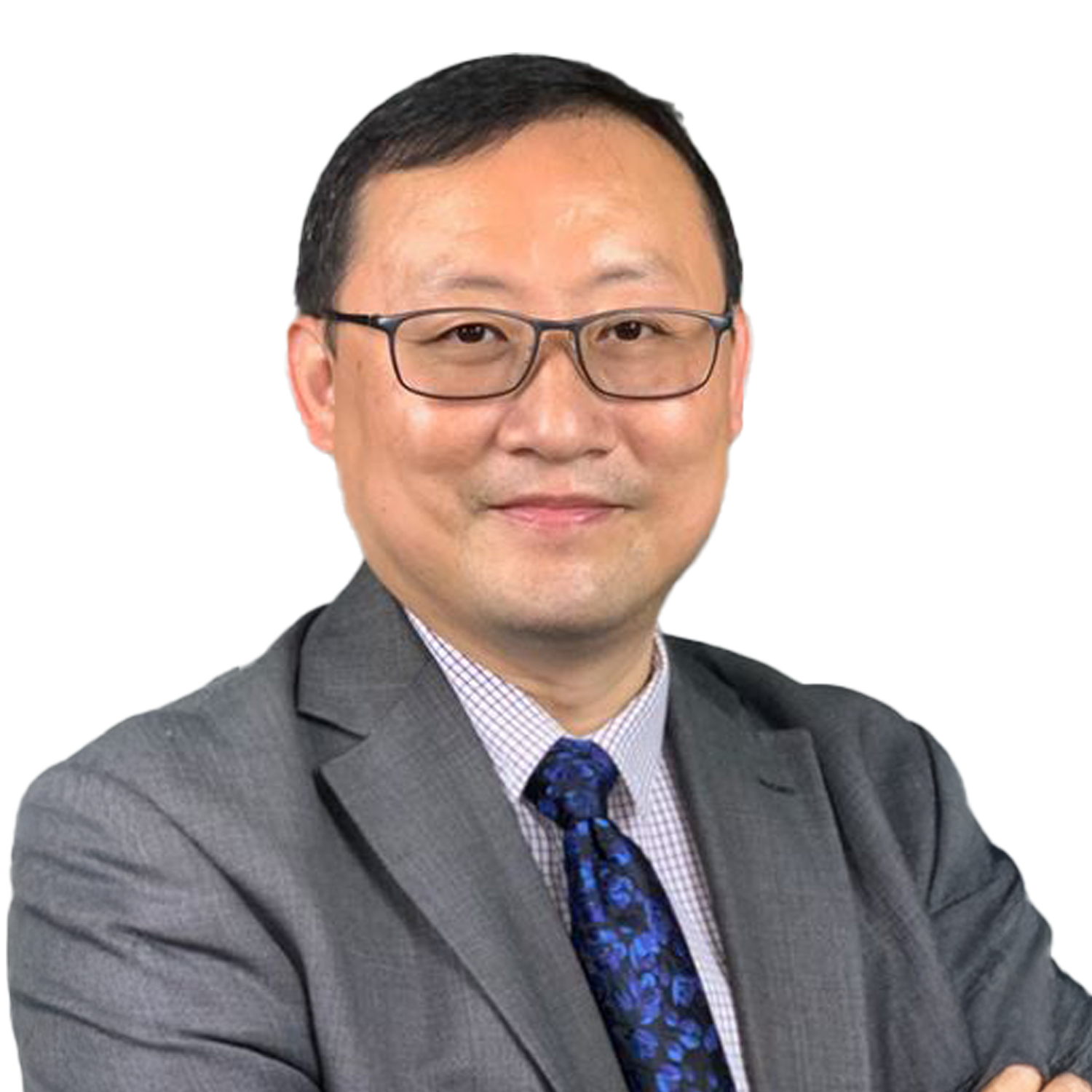 | Prof. Benny Chi Fai CHEUNG Department of Industrial and Systems Engineering Director of The PolyU-Wenzhou Technology and Innovation Research Institute |


